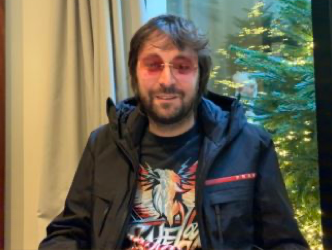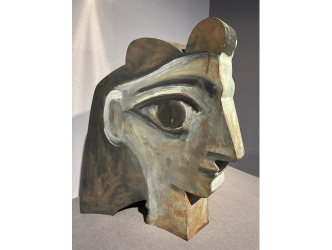Profession of silent things
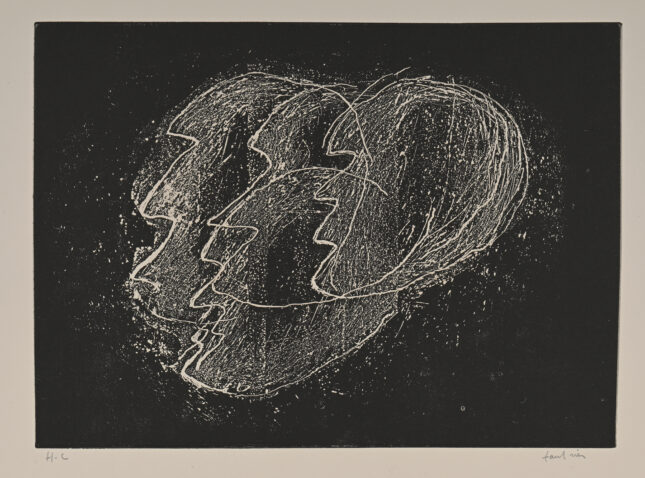
The genius of artists lies in their ability to give form to the unspeakable. In this regard, the famous 17th-century French artist Nicolas Poussin found the right expression when he said, “I, who make a profession of silent things.” In a completely different style, 20th-century French painter Jean Fautrier (1898-1964) often addressed the question of muted emotions in his painting.
Les Otages
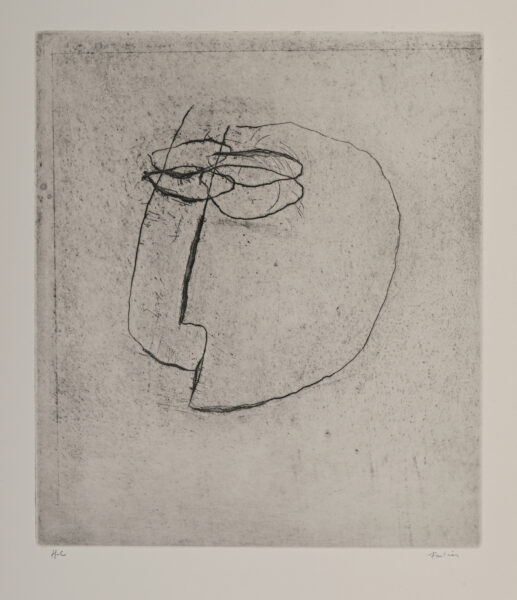
This is, in fact, how he became famous. His most well-known series, “Les Otages” (The Hostages), depicts a situation that is both blind and silent. One day during the Second World War in occupied France, Fautrier reportedly found himself behind a wall. On the other side, Germans were killing prisoners. Helplessness and horror… How would his brush convey this terrifying situation? He could have rendered the scene in explicit, bloody detail. Instead, he chose to suggest it through forms and materials that play with abstraction.
Turner, Chardin, Soutine…

The artist’s primary material is a diligent observation of art history. One can sense influences from Turner, Chardin, Rembrandt, and Soutine in his painting technique. He proceeds from real events, imagining abstract forms that explore texture and light effects. This is what art specialists call the movement of “Art Informel”.
At Musée d’Art Moderne de la Ville de Paris
Greatly admired by the German contemporary painter Georg Baselitz, he was nevertheless forgotten for a time. Jean Fautrier was brought back to the forefront in 2018 thanks to a remarkable monographic exhibition at the Musée d’Art Moderne de la Ville de Paris following an exhibition in Tokyo and Osaka in 2014.
At Hôtel Drouot
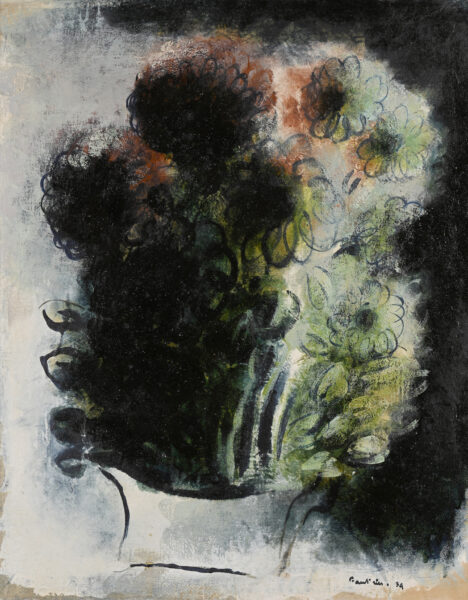
On November 6 2024 at the Hôtel Drouot in Paris (129 auctioneers share these historical premises), the de Baecque small auction house will sell the collection of Jacqueline Jahan (1930-2024), who developed a passion for Jean Fautrier. We dont’ know much about her. As explained by Géraldine d’Ouince, the auctioneer overseeing the sale, “The spouse of a physician worked for the Jeanne Castel gallery, then located on Rue du Cirque in Paris.
Prints, paintings and a sculpture
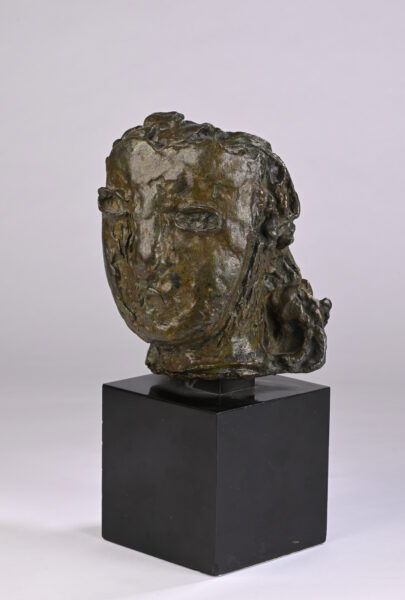
Jeanne Castel had a close relationship with Jean Fautrier, known for his challenging personality, which very likely allowed her employee to acquire pieces over time.” The sale includes 133 lots, the majority of which are prints, along with five paintings and one sculpture. The catalogue raisonné of his paintings published in 2003 shows that he worked through obsessive themes: a period focused on flowers, a period on female nudes, a period on hostages…
To appreciate is to support.
To support is to donate.
Support JB Reports by becoming a sustaining Patron with a recurring or a spontaneous donation.
5,2 million euros

Jean Fautrier 1946 (Christie’s)
Today, Fautrier’s market consists of very distinct layers. In the top category, the record price for the artist, 5.2 million euros, corresponds to a thickly textured painting with a blue halo from 1946 titled “Piège” (Trap). On October 18, Christie’s auctioned one of the famous “Otages” from 1943 for 1.7 million euros.

Jean Fautrier 1943 (Christie’s)
The death of the boar
Parisian dealer Franck Prazan, a Fautrier specialist, also recounted selling in 2023 at Art Basel in Basel a dark composition from 1927, “La mort du sanglier” (The Death of the Boar), for about 4 million euros. He explained, “The Hostages and the dark period are iconic for Fautrier. Demand is especially strong in Europe—France and Germany—and in Japan, where he was introduced in the 1940s by the art critic Michel Tapié.”
Trois poires
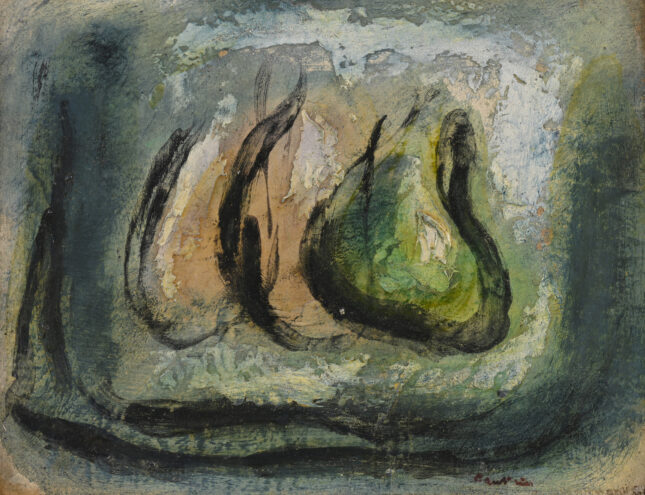
By comparison, the estimates for the paintings in the Baecque sale are considerably more modest, around 20,000 euros. This is typical of French small auction houses handling estate sales, aiming to attract bidders seemingly without pressure from the sellers. Such is the case for “Trois poires” (Three Pears) from 1940, which marks Fautrier’s clear shift toward abstraction.
The fruits are only formed by black bands joined in a black square, below which the painter created large colored areas of orange and green, surrounded by a bluish light. The work was exhibited in Japan in 2014.
Vase of Pansies

In the same price range, the sale also includes two remarkable bouquets, one of which is “Vase de pensées” (Vase of Pansies) from 1926, in which the flowers barely break through the darkness. In 2021, “Le pot et les fleurs” (The Pot and the Flowers), a relatively similar composition though of a larger format, sold for 215,000 euros.
Fautrier and Goya

André Malraux who would later become the famous France’s first Minister of Culture once said that Fautrier reminded him of Goya. He had, at least, one thing in common with the Spanish master: his interest in engraving, which he used as an experimental field. The hundred or so prints in the sale represent the different periods of the artist. Only a small selection of them is reproduced in the printed catalog, which doesn’t help increase their value.
Between 80 and 500 euros

They are accompanied by extremely low estimated prices: between 80 and 500 euros. “This was to be expected. The market for Fautrier’s engravings is entirely dormant at the moment,” lamented Marc Lebouc, a Parisian dealer specializing in prints, who continued, “The catalog raisonné of his prints was published as early as 1986, proof of the interest in this production at that time. In the 1990s, demand peaked, fueled by collectors from Northern Europe, notably the Germans.
When the market declined
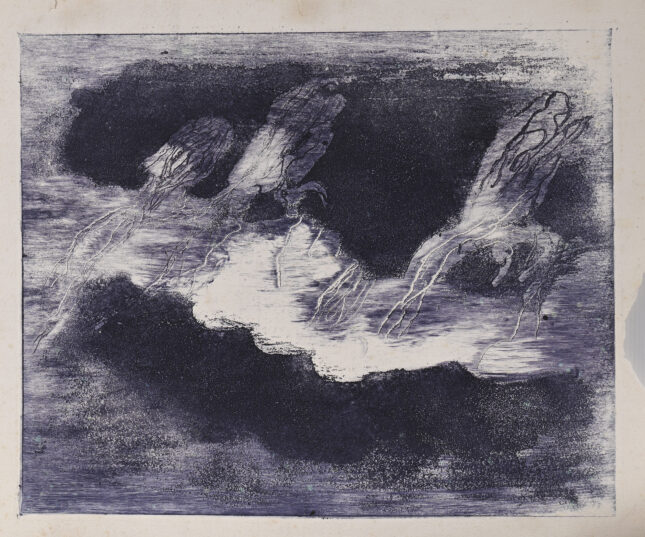
Then the market severely declined. It has become a field for intellectuals and connoisseurs, which now attracts a very limited audience. A real exhibition would have been necessary to enhance these prints.”(A usual at the Hotel Drouot, the pre-sale exhibition will be held only the day before the sale and on the morning of the sale day).
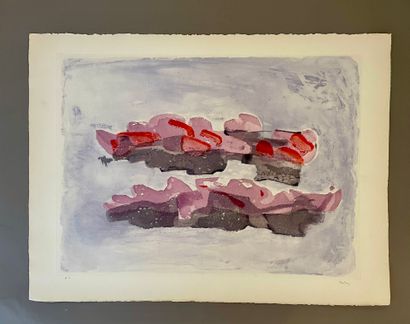
Dante’s inferno
In 2005, when Fautrier was the subject of an exhibition at the Fondation Gianadda in Switzerland, a section was devoted to his lithography series on Dante’s Inferno. This cycle of 34 pieces in color was created at the request of André Malraux when he was editorial director at Gallimard in the late 1930s.
100 euros only
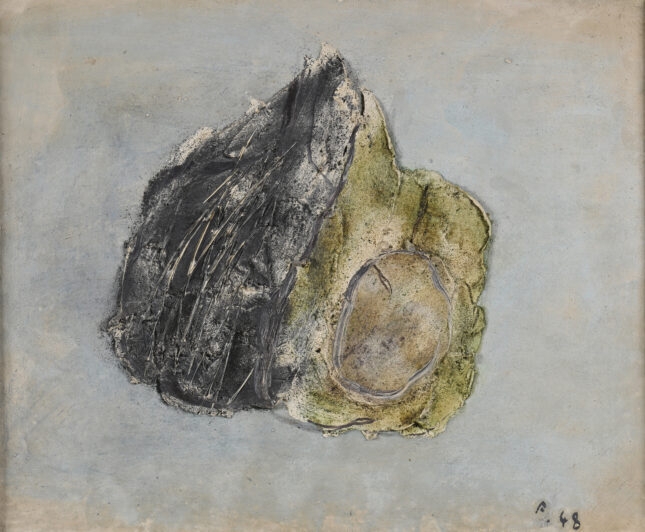
One can see silhouettes in blue or golden light. One of these proofs is offered in the November 6 catalog with an estimate of only 100 euros. Techniques as sophisticated as etchings (in editions of 50) or heliogravures (also in editions of 50) illustrating the “Otages” series are estimated in the November 6 sale between 150 and 300 euros. For all lovers of modern art history, this is a real opportunity.
Donating=Supporting

Support independent news on art.
Your contribution : Make a monthly commitment to support JB Reports or a one off contribution as and when you feel like it. Choose the option that suits you best.
Need to cancel a recurring donation? Please go here.
The donation is considered to be a subscription for a fee set by the donor and for a duration also set by the donor.




